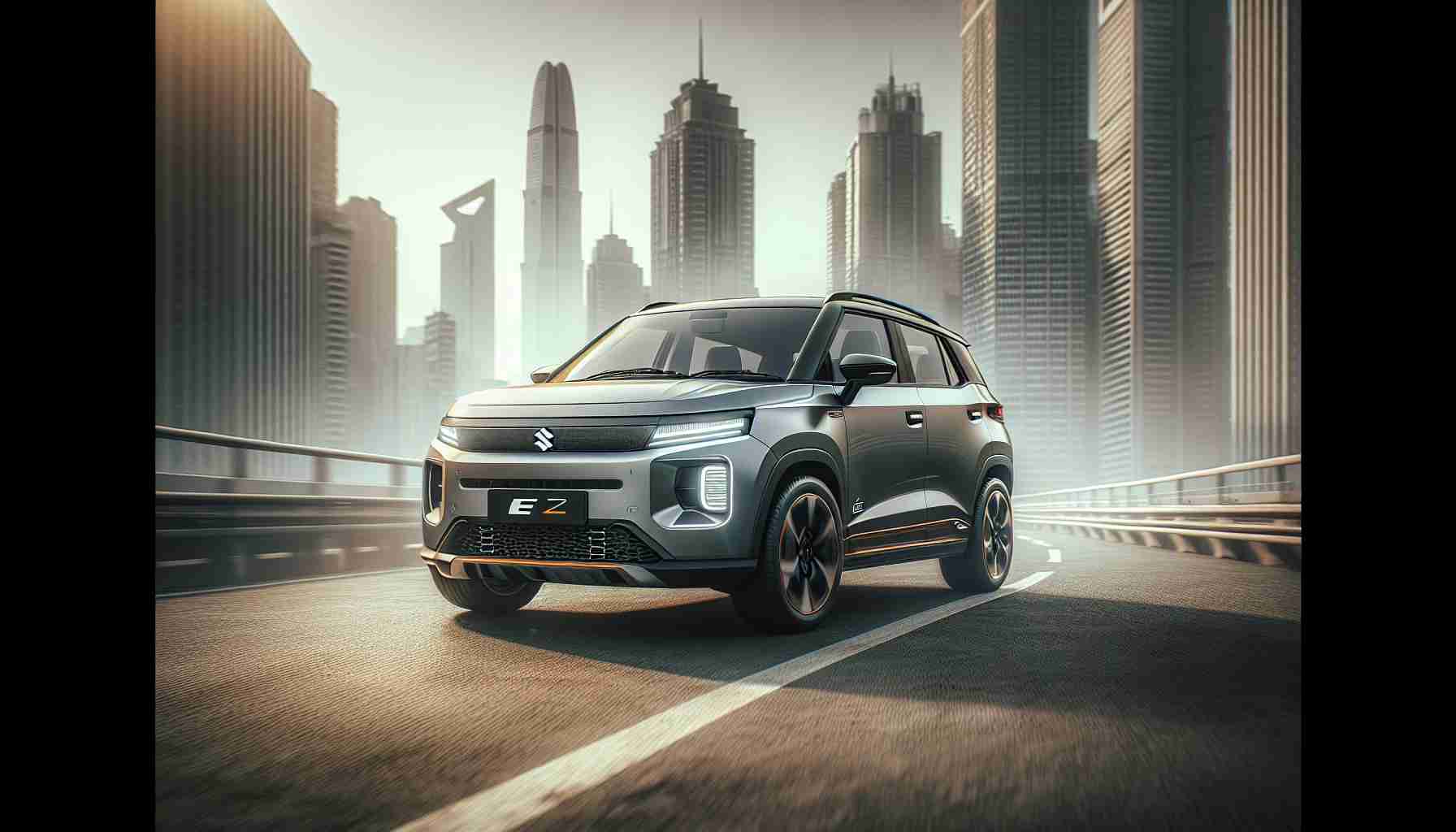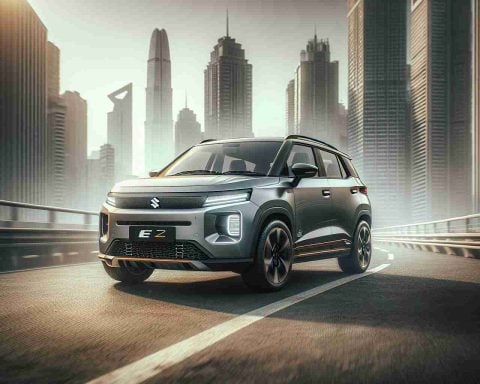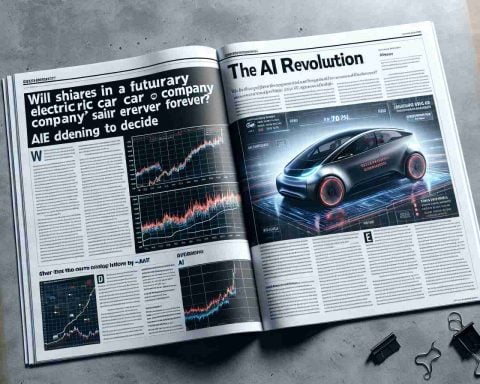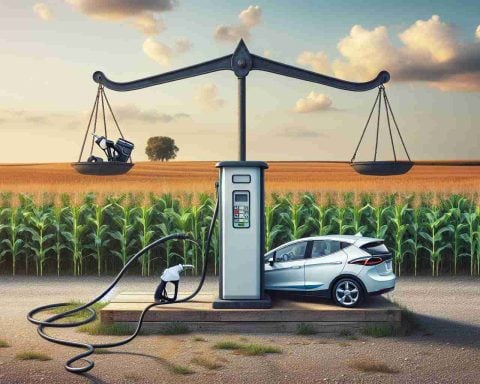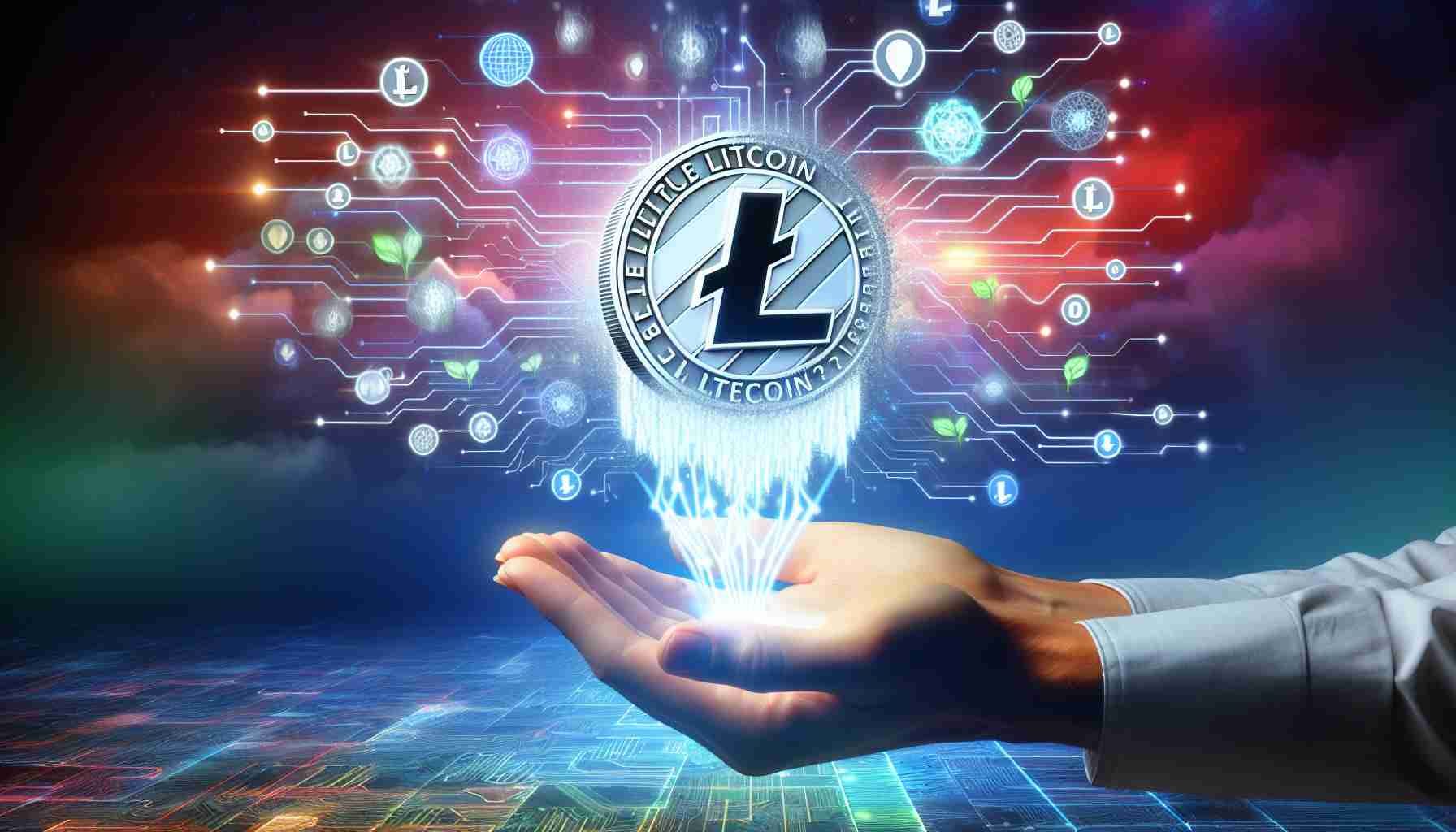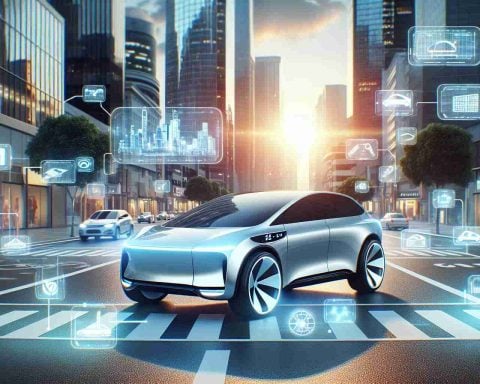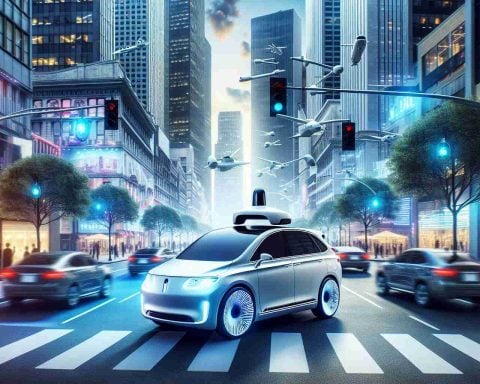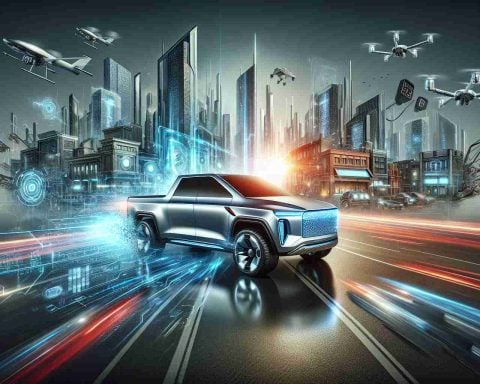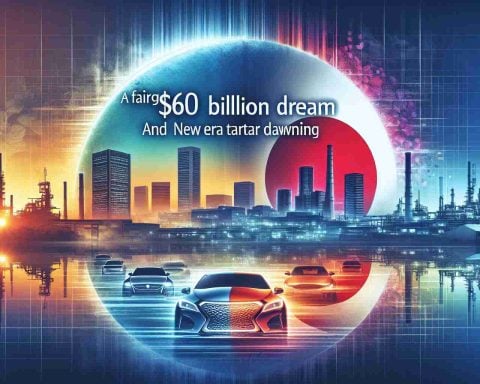- Maruti Suzuki introduces its first electric vehicle, the e Vitara, at the 2025 Bharat Mobility Expo, launching through Nexa outlets.
- The automaker adopts a top-down strategy, initially offering advanced technology in premium models before expanding to other segments.
- The e Vitara features Level 2 ADAS technology and a digital instrument cluster, highlighting Maruti’s tech innovation amidst competition.
- Maruti’s president emphasizes a varied powertrain approach, balancing electric with petrol, CNG, hybrid, and potential flex-fuel engines.
- With plans for six electrified models by 2030, Maruti aims to establish India, particularly Gujarat, as a key manufacturing hub.
A new dawn breaks for Maruti Suzuki as the automaker unveils its first electric vehicle, the e Vitara, at the vibrant 2025 Bharat Mobility Expo. The storied brand, a staple in Indian households for decades, now revs its engines towards the electric future, setting the stage for a game-changing year-end launch through its upscale Nexa outlets.
Stepping gingerly yet confidently into the EV race, Maruti adopts a discerning strategy: introducing advanced technology from the top echelons downwards, gauging the market’s appetite before cascading innovations to its broader lineup. This calculated move contrasts with the trajectory that carved Maruti’s legacy in India—flourishing in affordable segments before climbing the economic ladder. Yet, as the market evolved, so must Maruti, innovating beyond blame.
Beneath the hood, Maruti’s pioneering SUV packs more than a quiet engine. It ushers in Level 2 ADAS technology and a sleek digital instrument cluster, bold features that assert Maruti’s technological prowess amidst fierce competition. The e Vitara’s launch could herald a new era for the entire range, potentially cascading these advanced features across future models.
In a reflective nod to its roots, President Toshihiro Suzuki embraces a multipronged powertrain strategy. While the buzz around electric is undeniable, Maruti remains tethered to its diverse offerings—petrol, CNG, hybrid, even CBG—and hints at flex-fuel engines soon gracing the roads.
With a promised portfolio of six electrified models by 2030, including the buzzworthy Fronx and Wagon R EVs, Maruti positions India as a crucial manufacturing hub, with Gujarat at its heart. As anticipation builds, the e Vitara stands not just as a symbol of innovation but a testament to Maruti’s undying commitment to evolve while honoring its legacy.
Maruti Suzuki’s e Vitara: Ushering in a Green Revolution
How-To Steps & Life Hacks for EV Owners
1. Battery Maintenance: Regularly check the battery health using onboard systems to extend its life. Optimal charging (avoiding extremes) can significantly improve battery longevity.
2. Charging Efficiency: Utilize off-peak electricity timing when charging your e Vitara to reduce costs. Apps can help schedule efficient charging times.
3. Range Optimization: Use regenerative braking where possible, maintaining a steady speed and minimizing abrupt stops for enhanced mileage.
Real-World Use Cases
– Urban Commuting: Perfect for city users due to its compact SUV design and silent operation, reducing noise pollution.
– Eco-Friendly Travel: Ideal for those committed to reducing their carbon footprint, reflecting a lifestyle choice beyond just a mode of transport.
Market Forecasts & Industry Trends
As per a report by IEEE, the electric vehicle market in India is predicted to grow at a CAGR of 44% until 2030, indicating a substantial demand for vehicles like the e Vitara.
Reviews & Comparisons
Compared to its rivals like Tata Nexon EV and MG ZS EV, the e Vitara’s competitive edge lies in its advanced ADAS technology and Maruti’s renowned service network, as per user reviews on leading automotive platforms.
Controversies & Limitations
– Charging Infrastructure: One significant challenge is the limited charging infrastructure in India, which might deter potential buyers. According to a study by IEA, improvements are ongoing, but widespread availability is still in development.
– Initial Cost: The initial purchase cost might be higher compared to traditional vehicles, posing a barrier for budget-conscious buyers.
Features, Specs & Pricing
– Advanced Technology: Includes Level 2 ADAS and a digital instrument cluster.
– Estimated Price: Expected to be in the range of INR 20-25 lakh.
Security & Sustainability
The e Vitara comes with robust security systems, including advanced airbags and a reinforced body structure, ensuring passenger safety. Its electric motor significantly reduces emissions, contributing to environmental sustainability.
Insights & Predictions
Experts, such as those from Gartner, predict that electric vehicles in India will dramatically reduce urban pollution levels by 2030, with companies like Maruti leading the charge.
Tutorials & Compatibility
The e Vitara is compatible with most public charging networks. Additionally, Maruti offers user-friendly tutorials for beginners to understand the nuances of EV handling.
Pros & Cons Overview
Pros:
– Cutting-edge technology with Level 2 ADAS.
– Strong brand reputation and wide service network.
– Zero emissions and lower running costs.
Cons:
– Higher upfront cost than conventional cars.
– Limited charging infrastructure can be restrictive.
Actionable Recommendations
– Test Drive: Interested buyers should arrange a test drive to experience the features firsthand.
– Government Subsidies: Investigate local government incentives which can substantially lower costs.
– EV Readiness: Ensure home or nearby chargers for convenience.
Maruti Suzuki’s e Vitara not only marks a significant milestone for the brand but also plays a crucial role in India’s shift towards sustainable transportation. For further details, visit Maruti Suzuki for up-to-date information.
